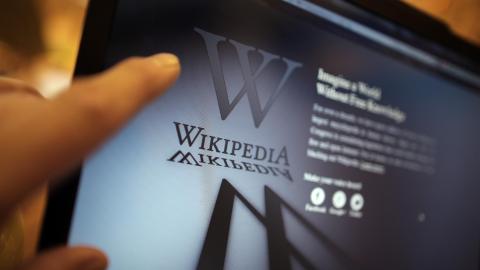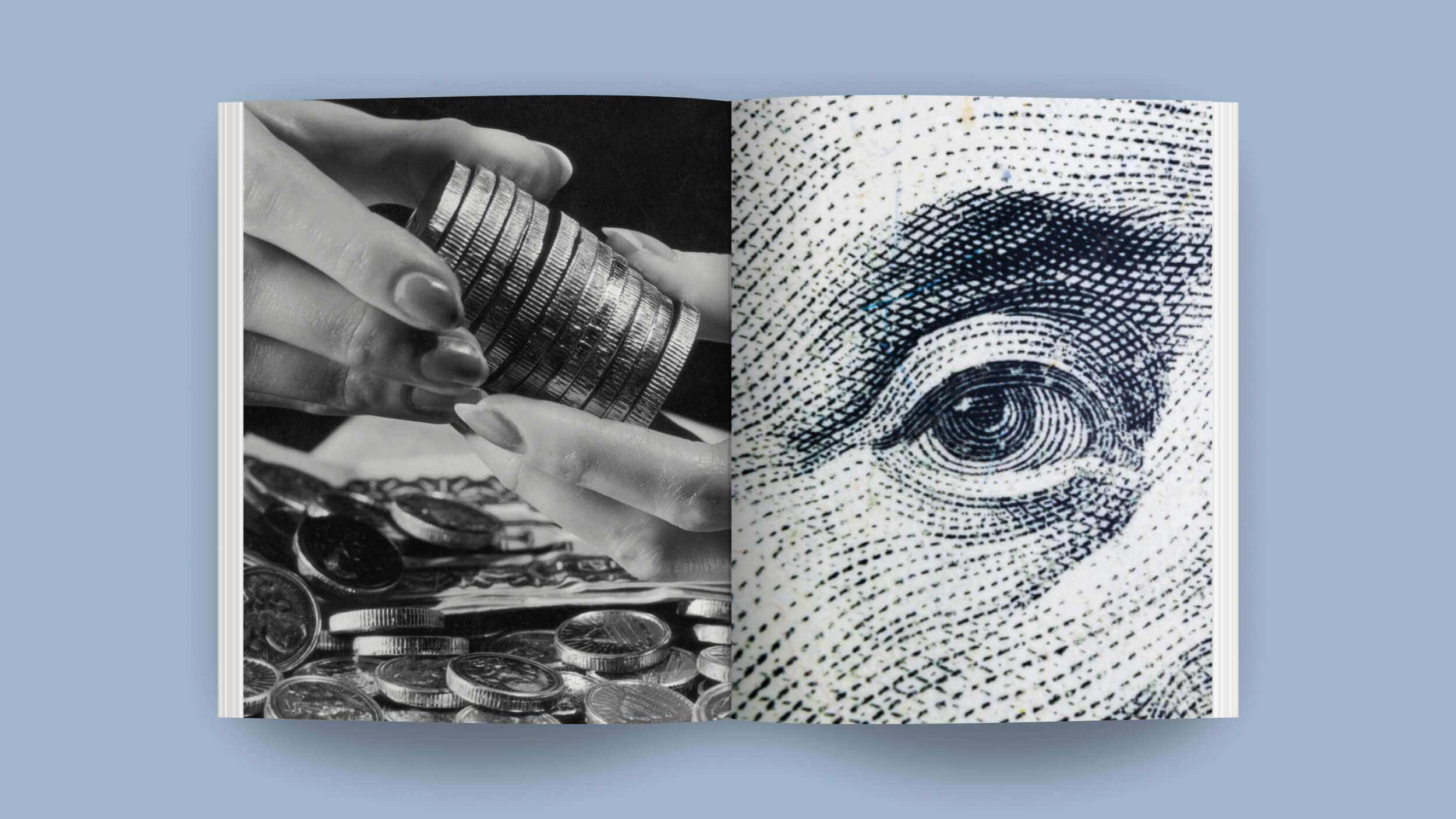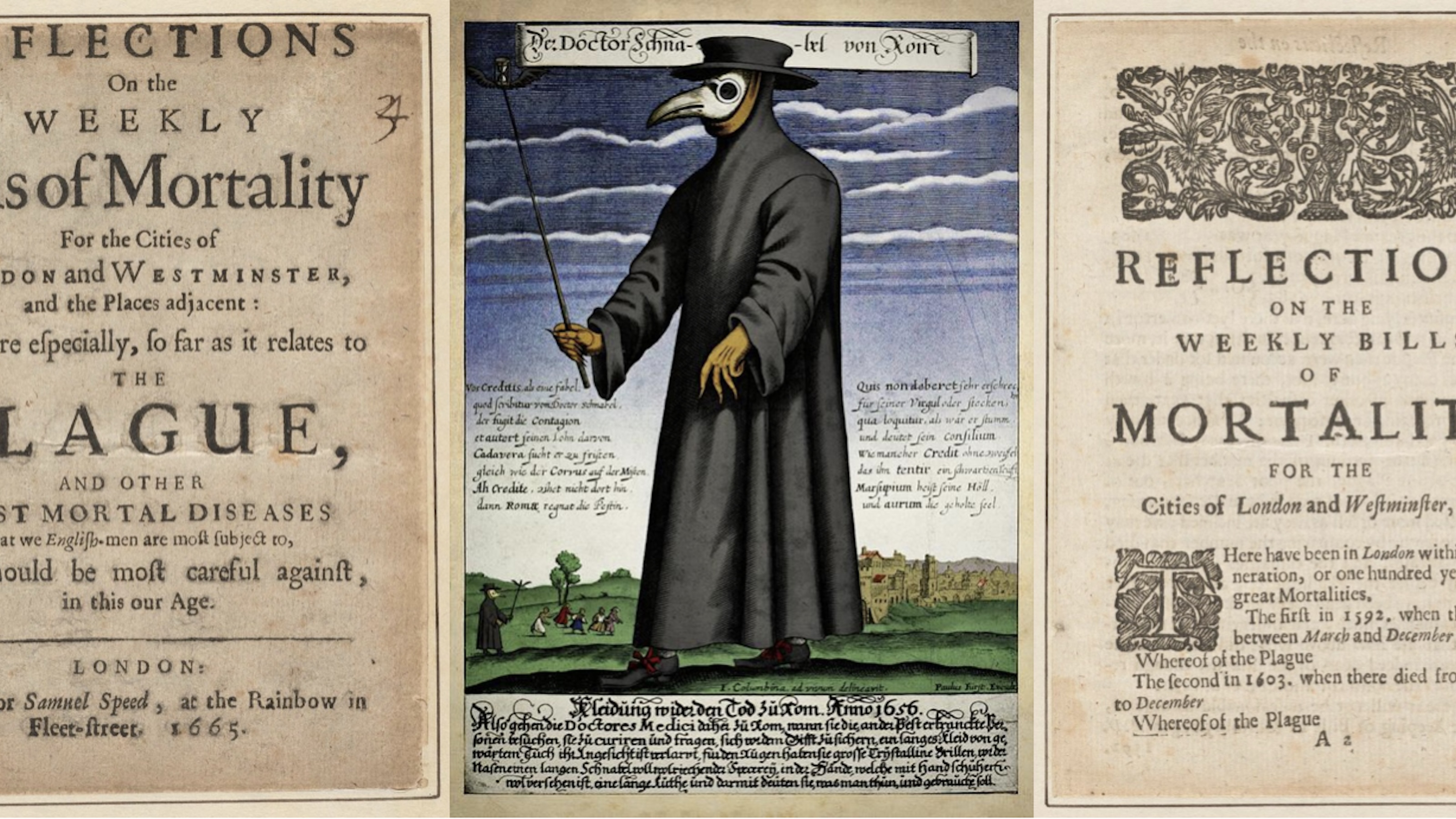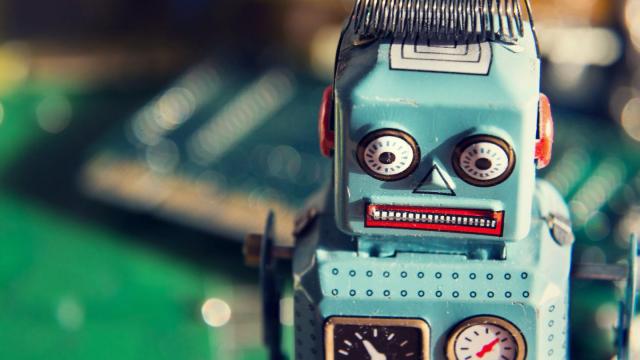Wikipedia at 20: Why it often overlooks stories of women in history

Macdiarmid/Getty Images
Movements like #MeToo have drawn increased attention to the systemic discrimination facing women in a range of professional fields, from Hollywood and journalism to banking and government.
Discrimination is also a problem on user-driven sites like Wikipedia. Wikipedia’s 20th birthday is on Jan. 15, 2021 and today it is the thirteenth most popular website worldwide. In December 2020, the online encyclopedia had over 22 billion page views.
The volume of traffic on Wikipedia’s site – coupled with its integration into search results and digital assistants like Alexa and Siri – makes Wikipedia the predominant source of information on the web. YouTube even started including Wikipedia links below videos on highly contested topics. But studies show that Wikipedia underrepresents content on women.
We are a historian and librarian at the Rochester Institute of Technology, and we’re taking steps to empower our students and our global community to address issues of gender bias on Wikipedia.
Signs of bias
Driven by a cohort of over 33 million volunteer editors, Wikipedia’s content can change in almost real time. That makes it a prime resource for current events, popular culture, sports and other evolving topics.
But relying on volunteers leads to systemic biases – both in content creation and improvement. A 2013 study estimated that women only accounted for 16.1 percent of Wikipedia’s total editor base. Wikipedia co-founder Jimmy Wales believes that number has not changed much since then, despite several organized efforts.
If women don’t actively edit Wikipedia at the same rate as men, topics of interest to women are at risk of receiving disproportionately low coverage. One study found that Wikipedia’s coverage of women was more comprehensive than Encyclopedia Britannica online, but entries on women still constituted less than 30 percent of biographical coverage. Entries on women also more frequently link to entries on men than vice-versa and are more likely to include information on romantic relationships and family roles.
What’s more, Wikipedia’s policies state that all content must be “attributable to a reliable, published source.” Since women throughout history have been less represented in published literature than men, it can be challenging to find reliable published sources on women.
An obituary in a paper of record is often a criterion for inclusion as a biographical entry in Wikipedia. So it should be no surprise that women are underrepresented as subjects in this vast online encyclopedia. As The New York Times itself noted, its obituaries since 1851 “have been dominated by white men” – an oversight the paper now hopes to address through its “Overlooked” series.
Categorization can also be an issue. In 2013, a New York Times op-ed revealed that some editors had moved women’s entries from gender-neutral categories (e.g., “American novelists”) to gender-focused subcategories (e.g., “American women novelists”).
Wikipedia is not the only online resource that suffers from such biases. The user-contributed online mapping service OpenStreetMap is also more heavily edited by men. On GitHub, an online development platform, women’s contributions have a higher acceptance rate than men, but a study showed that the rate drops noticeably when the contributor could be identified as a woman through their username or profile image.
Gender bias is also an ongoing issue in content development and search algorithms. Google Translate has been shown to overuse masculine pronouns and, for a time, LinkedIn recommended men’s names in search results when users searched for a woman.
What can be done?
The solution to systemic biases that plague the web remains unclear. But libraries, museums, individual editors and the Wikimedia Foundation itself continue to make efforts to improve gender representation on sites such as Wikipedia.
Organized edit-a-thons can create a community around editing and developing underrepresented content. Edit-a-thons aim to increase the number of active female editors on Wikipedia, while empowering participants to edit entries on women during the event and into the future.
Our university library at the Rochester Institute of Technology hosts an annual Women on Wikipedia Edit-a-thon in celebration of Women’s History Month. The goal is to improve the content on at least 100 women in one afternoon.
For the past six years, students in our school’s American Women’s and Gender History course have worked to create new or substantially edit existing Wikipedia entries about women. One student created an entry on deaf-blind pioneer Geraldine Lawhorn, while another added roughly 1,500 words to jazz artist Blanche Calloway’s entry.
This class was supported by the Wikimedia Education Program, which encourages educators and students to contribute to Wikipedia in academic settings.
Through this assignment, students can immediately see how their efforts contribute to the larger conversation around women’s history topics. One student said that it was “the most meaningful assignment she had” as an undergraduate.
Other efforts to address gender bias on Wikipedia include Wikipedia’s Inspire Campaign; organized editing communities such as Women in Red and Wikipedia’s Teahouse; and the National Science Foundation’s Collaborative Research grant.
Wikipedia’s dependence on volunteer editors has resulted in several systemic issues, but it also offers an opportunity for self-correction. Organized efforts help to give voice to women previously ignored by other resources.
This is an updated version of an article originally published in 2018.
Tamar Carroll, Associate Professor of History, Rochester Institute of Technology and Lara Nicosia, Liberal Arts Librarian, Rochester Institute of Technology
This article is republished from The Conversation under a Creative Commons license. Read the original article.





